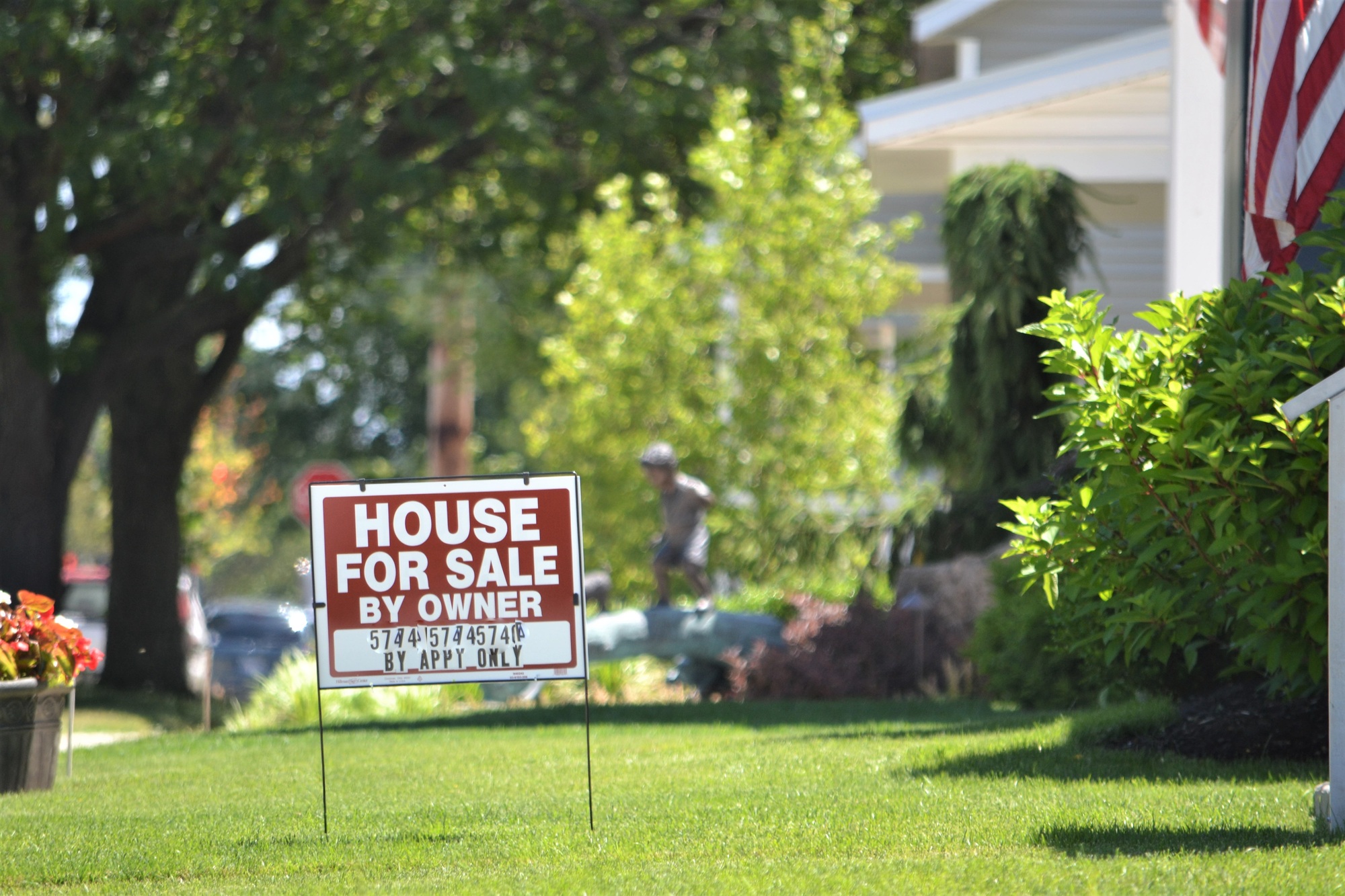The U.S. housing market is witnessing a notable shift as investors are increasingly acquiring a larger share of homes across the country. This trend is emerging amid ongoing challenges faced by traditional homebuyers, including rising mortgage rates, limited inventory, and affordability issues. The shift suggests a changing landscape in property ownership, with investor activity intensifying in various markets.
Over the past few years, the U.S. housing market has experienced significant fluctuations, driven by economic recovery efforts, interest rate changes, and demographic shifts. Historically, individual buyers have dominated home purchases, but recent data indicates that institutional and private investors are stepping in to fill the gap. They are often purchasing homes at a faster rate, sometimes converting them into rental properties or holding them as long-term investments.
The recent surge in investor activity is particularly prominent in markets with high rental demand and low inventory levels. Many investors see real estate as a resilient asset class, especially in uncertain economic times, and are leveraging favorable financing options to acquire properties. This trend is contributing to the broader concern that home affordability for traditional buyers is worsening, potentially impacting homeownership rates in the future.
Several factors are contributing to the rise in investor activity. These include historically low mortgage rates in previous years, which have now begun to increase, making it more challenging for first-time buyers to qualify for loans. Additionally, the limited number of homes on the market has created a competitive environment where investors often outbid individual buyers. This dynamic raises questions about the future of housing affordability and the composition of homeownership in the U.S.
Market analysts are closely watching how this trend will evolve, especially as mortgage rates continue to fluctuate and new housing policies are introduced. The impact on local communities and the rental market is also under scrutiny, as increased investor activity could influence rent prices and neighborhood demographics. Experts suggest that the trend may persist if housing supply remains constrained and economic conditions favor investor confidence.
Looking ahead, key factors to monitor include upcoming housing market reports, interest rate movements, and governmental policy changes aimed at increasing housing affordability. The balance between investor and traditional buyer activity will significantly influence the trajectory of the housing market in the coming years.
What is causing the rise in investor activity in the U.S. housing market?
Investors see real estate as a stable investment, especially during uncertain economic times, and are leveraging favorable financing to acquire more properties.
How does this trend affect traditional homebuyers?
Increased investor activity leads to higher competition, making it more difficult for traditional buyers to purchase homes due to rising prices and limited inventory.
What future developments could influence this trend?
Changes in mortgage rates, housing policies, and inventory levels will play crucial roles in shaping investor activity and overall market dynamics.








